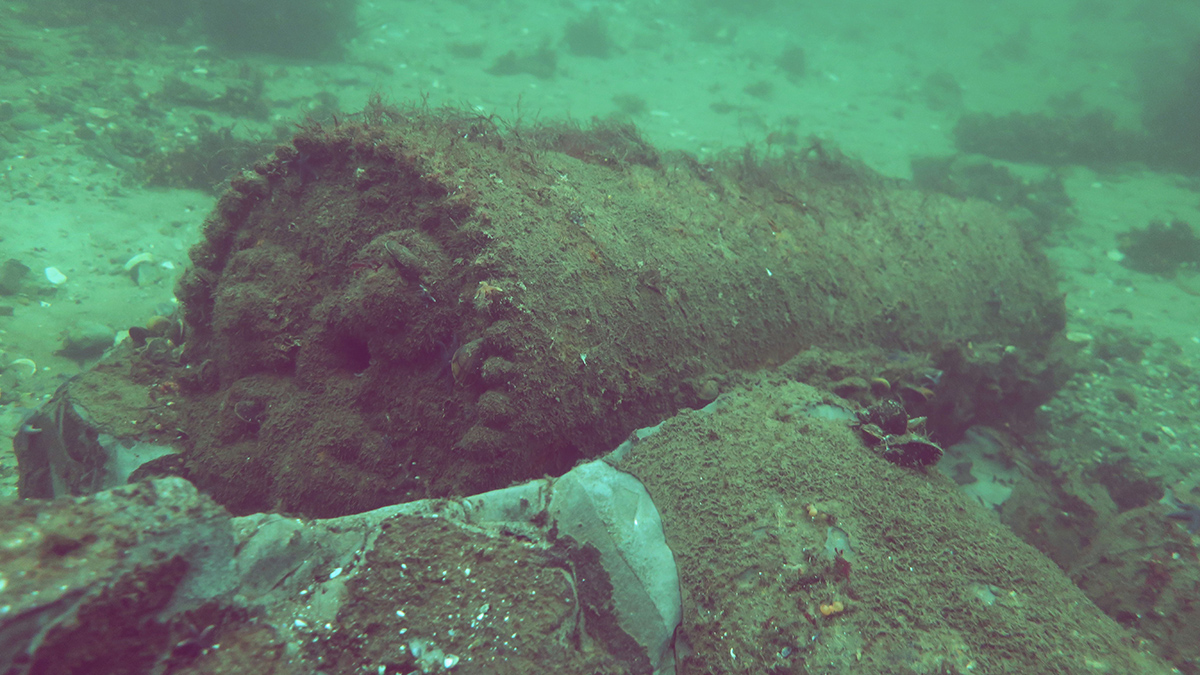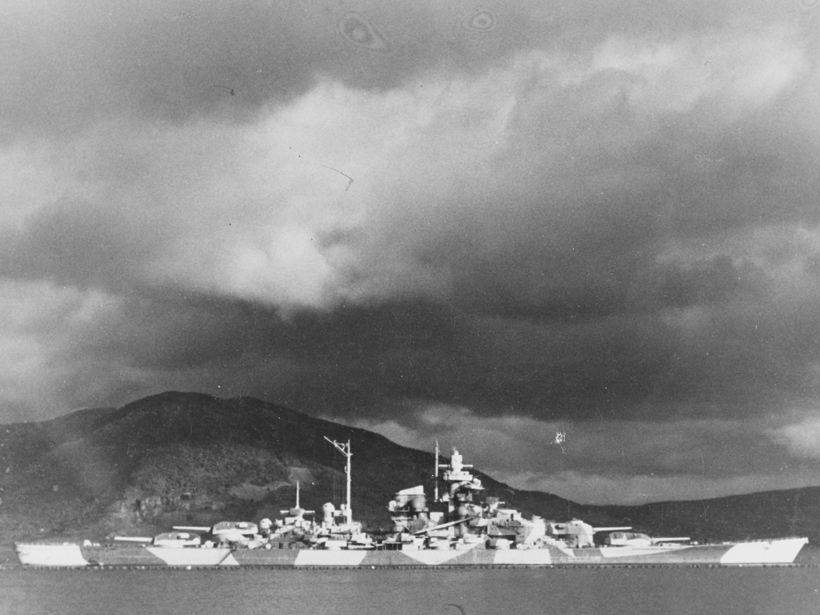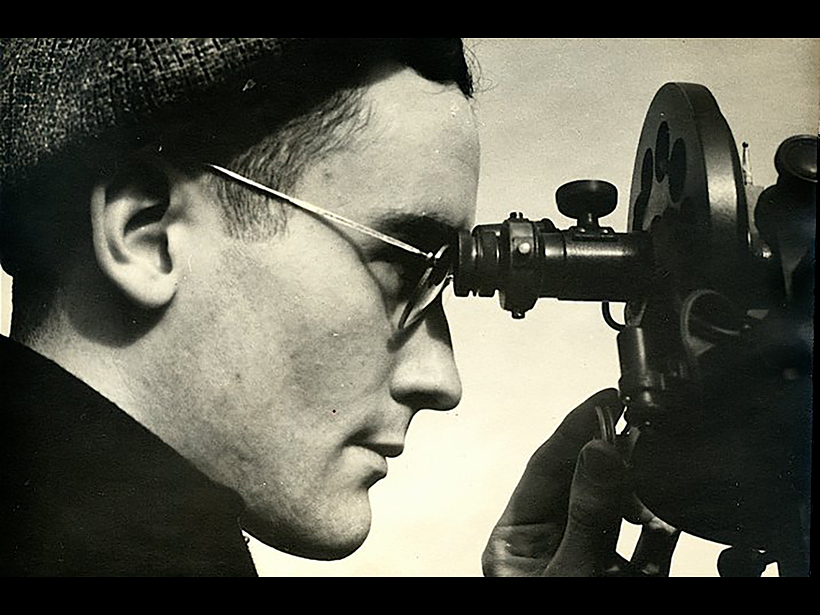Discarded explosives were dumped into the Baltic and North seas after World War II. Their deadly legacy is still with us.
World War II
Hiroshima Fallout May Offer a Glimpse of the Early Solar System
Bits of glass called Hiroshimaites may have formed by processes similar to those that formed the Sun and the planets.
Crowdsourced Science Pulls Off a Daring WWII Data Rescue
Newly declassified documents are making wartime weather observations in the Pacific Theater more robust, and could improve climate models today.
Vehículos robóticos exploran campos de batalla de la Segunda Guerra Mundial en el océano
El Proyecto Recover usa vehículos autónomos submarinos para identificar, acceder, y captar imágenes de sitios difíciles de alcanzar con restos de la Segunda Guerra Mundial, cerca de las Islas Marianas del Norte.
Robotic Vehicles Explore World War II Era Ocean Battlefields
Project Recover used autonomous underwater vehicles to identify, access, and image hard-to-reach World War II wreckage sites near the Northern Mariana Islands.
Hiroshima Bomb Created Asteroid Impact–Like Glass
The glass rained from the sky as the bomb annihilated the Japanese city.
Tree Rings Tell a Tale of Wartime Privations
In occupied Norway during World War II, the German navy deployed thick chemical fog to protect a precious battleship. The effects are still detectable in trees.
Purple Hearts Honor Four Meteorologists Killed in World War II
Seventy-three years after they died in a German U-boat attack, a ceremony posthumously honors the U.S. Weather Service workers and highlights the importance of weather forecasting during the war.








